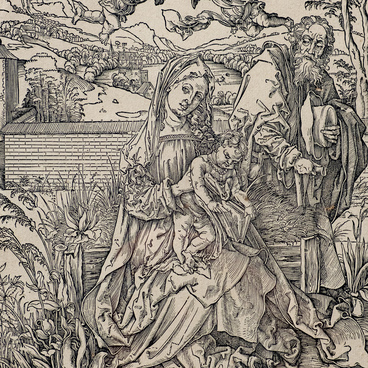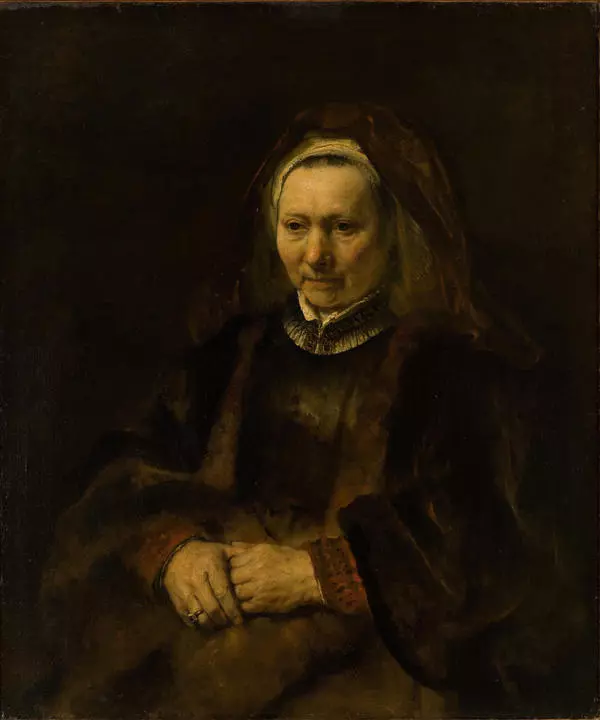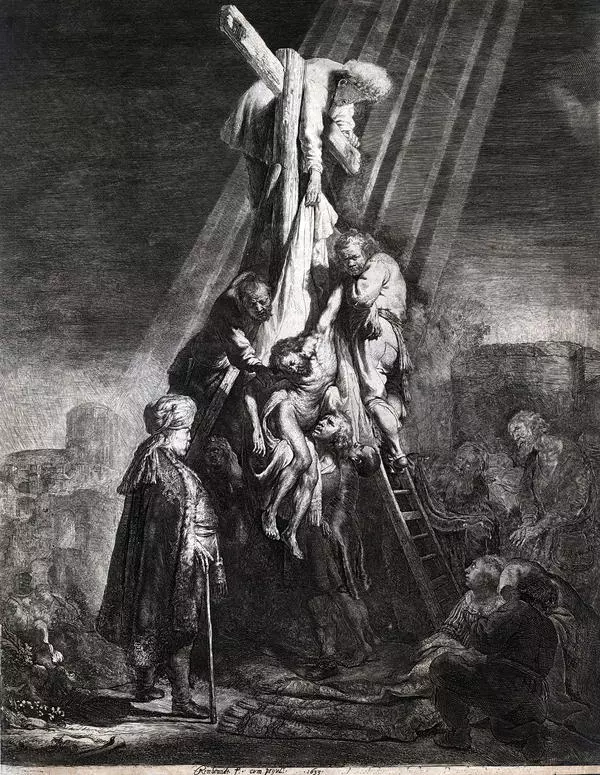The exhibition of the Sakha Republic National Art Museum features the work of the great Dutch artist Rembrandt Harmenszoon van Rijn “Self-Portrait in a Beret.”
The history of the creation of the work dates back to April 1639. Rembrandt was at the auction, where the Portuguese collector Alfonso Lopez purchased the “Portrait of Baldassare Castiglione” by Raphael. Rembrandt’s drawing with a sketch of this painting is kept in Vienna — in the margins the artist made a note that the painting was bought for a huge sum of 3,500 guilders (Rembrandt estimated his paintings at 600–1000 guilders at that time). In the same year, Rembrandt engraved the etching “Self-Portrait in a Beret, ” and in 1640 made a painting in which he emphasized his spiritual kinship with the great predecessors of the High Renaissance: he created a canvas in the style of Raphael, Dürer, and Titian.
In the self-portrait, Rembrandt depicted himself in an authentic outfit of the 16th century: his clothes are rich, on his head is the same beret as in the portrait of the Italian writer Castiglione by Raphael, only bent at a great angle. The pose mirrors the poses of the characters in Titian’s paintings “Portrait of Gerolamo Barbarigo” and Dürer’s “Self-Portrait, ” where the right hand of the depicted man rests on the parapet. The lighting accentuates the face; the dark framing of the beret, hair and clothes enhances its brightness. The gaze is direct and casted into the eyes of the viewer. The self-portrait, created at the peak of his career, represents a declaration of Rembrandt’s personal dignity and self-confidence. The portrait is distinguished by a special mastery of composition and color relief.
Rembrandt was engaged in etching throughout his
creative life and used various etching techniques: repeated etching, the use of
a “drypoint needle” (or scribe), “retroussage” — rubbing paint on a plate, and
sometimes combined several types of techniques in one engraving. He also
collected etchings by other artists such as Dürer, Segers, Castiglione. The
genres of his etchings include biblical and mythological scenes and characters,
portraits, self-portraits, landscapes, images of beggars, allegories, nudes,
erotic scenes and so on. The engravings brought the artist a good income and
allowed him to acquaint a wide range of people with his work, whereas a
painting could be hidden from the public for many years. Rembrandt was better known abroad as an engraver.







